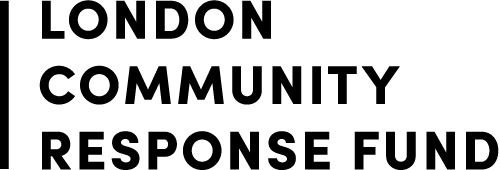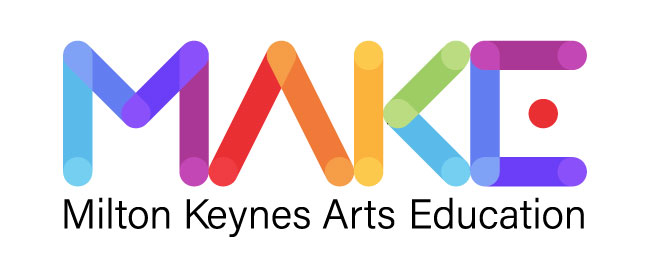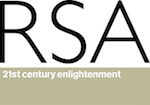Rethinking History: Artis techniques for secondary school practice
|
As a Secondary History trainee teacher, I was given the opportunity to complete two weeks of ‘Professional Enrichment’ in a school-based context. As a former actress, the choice was simple: an organisation that synthesised creative arts with teaching, learning and professional development. Artis ticked all these boxes.
The recent government-commissioned Henley review, ‘Cultural Education in England’, states “The best performing schools bring Cultural Education practitioners into schools, alongside classroom teachers, to share their knowledge with pupils”. I can think of no better description for Artis Specialists – skilled practitioners in a range of creative arts, and trained in behaviour management, lesson planning and wider pedagogy – than ‘cultural educators’.
Secondary schools are hampered by the fact that they do not have spare time in the timetable to facilitate regular programmes run by specialists. I wanted to use my Artis experience to observe and adapt their techniques, so I could use them in my practice as a secondary school history teacher.
In history, the arts can be used to develop complex, concept-based thought. Artis Specialist Alex Kaye (Bash) got pupils at Beecholme Primary using movement to explain how gravity changes in space. Stuart Barter (Chime) used tableaus at St Paul with St Luke’s Primary to demonstrate changing habitats through time. Inspired by these excellent sessions, I thought about how I could use this in history – how about pupils using facial expressions to create a living graph of reactions to an event, to illustrate the concept of diversity?
The benefits the arts have on personal development can also be used effectively as a tool to ease the transition from primary to secondary school. Compiling the proposals for Artis’ summer programmes was inspiring – they use the arts and group work together to ‘break the ice’ between new pupils, whilst developing key PLTS skills. As a Year 7 form tutor next year, with Induction Day coming up, this insight was invaluable.
Some may fear that the freedom creativity brings and excellent pupil behaviour are mutually exclusive; my experiences with Artis have shown this is not so. Through integrating classroom routines, such as ‘silent signals’, Tarika Hidayatullah (Wiggle) at St Bernadette’s RC Primary had the whole class under her spell!
This links to another issue surrounding the use of the arts – co-operation between staff is crucial in linking creativity to the curriculum. Charlotte Farmar (Chortle) at Singlegate Primary had incredibly detailed lesson plans, which had come about as a result of her relationships with the school’s teachers. She demonstrated one of the most impressive qualities of Artis Specialists – their constant desire to reflect and improve – by asking me for feedback and taking some of my suggestions on board.
I could write at length about my experiences with Artis, and on my teaching blog ‘The Secret History’ (http://educatingwolsey.blogspot.co.uk) there’s a more detailed version of this post. It’s been invaluable for my development as a creative history teacher, and I’d like to say a huge thank you to the Artis team and all the specialists who have made these two weeks so useful and memorable.
I’ll really miss being ‘Bounce’!
|
14 Jun 2013 |
















